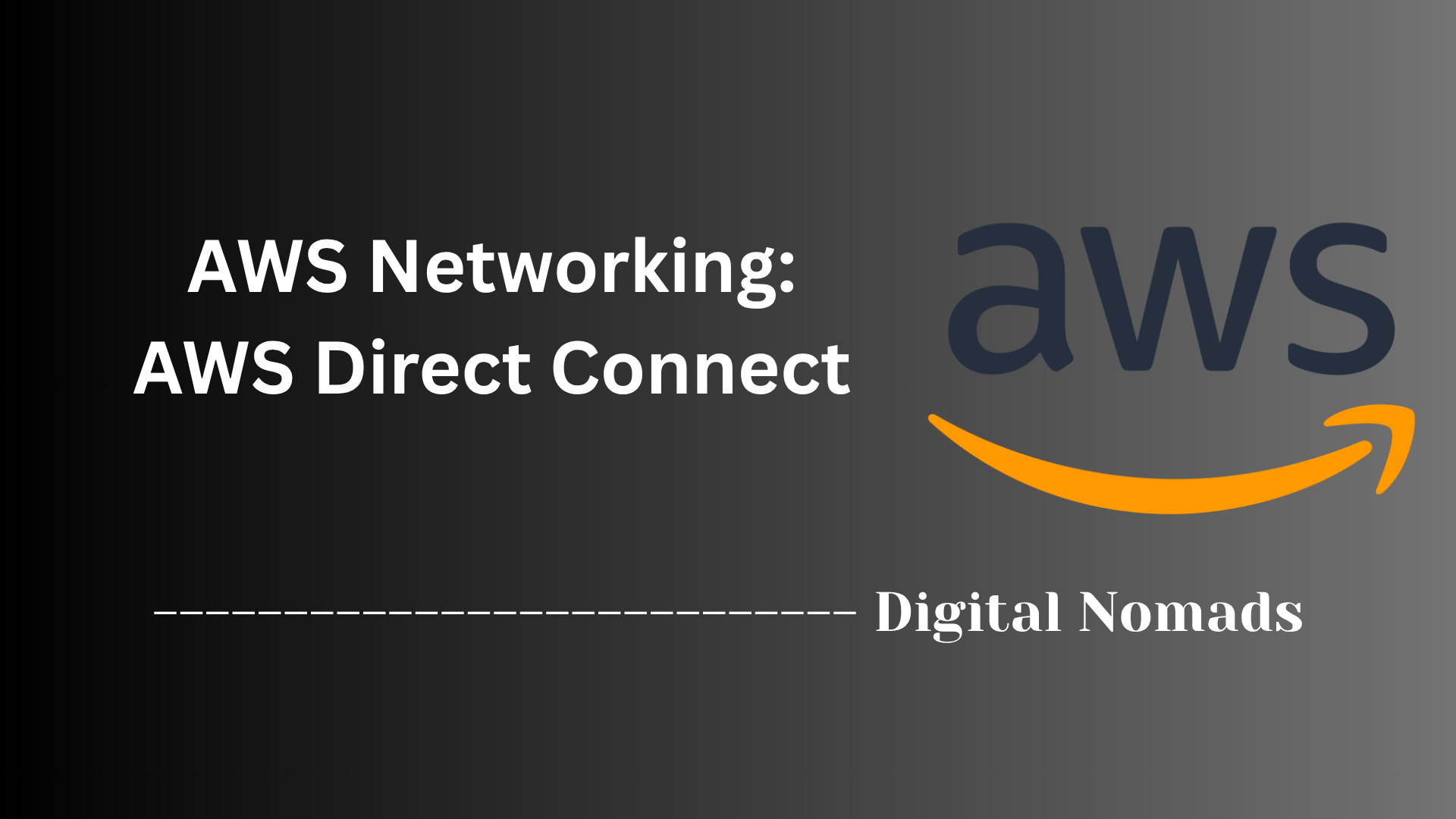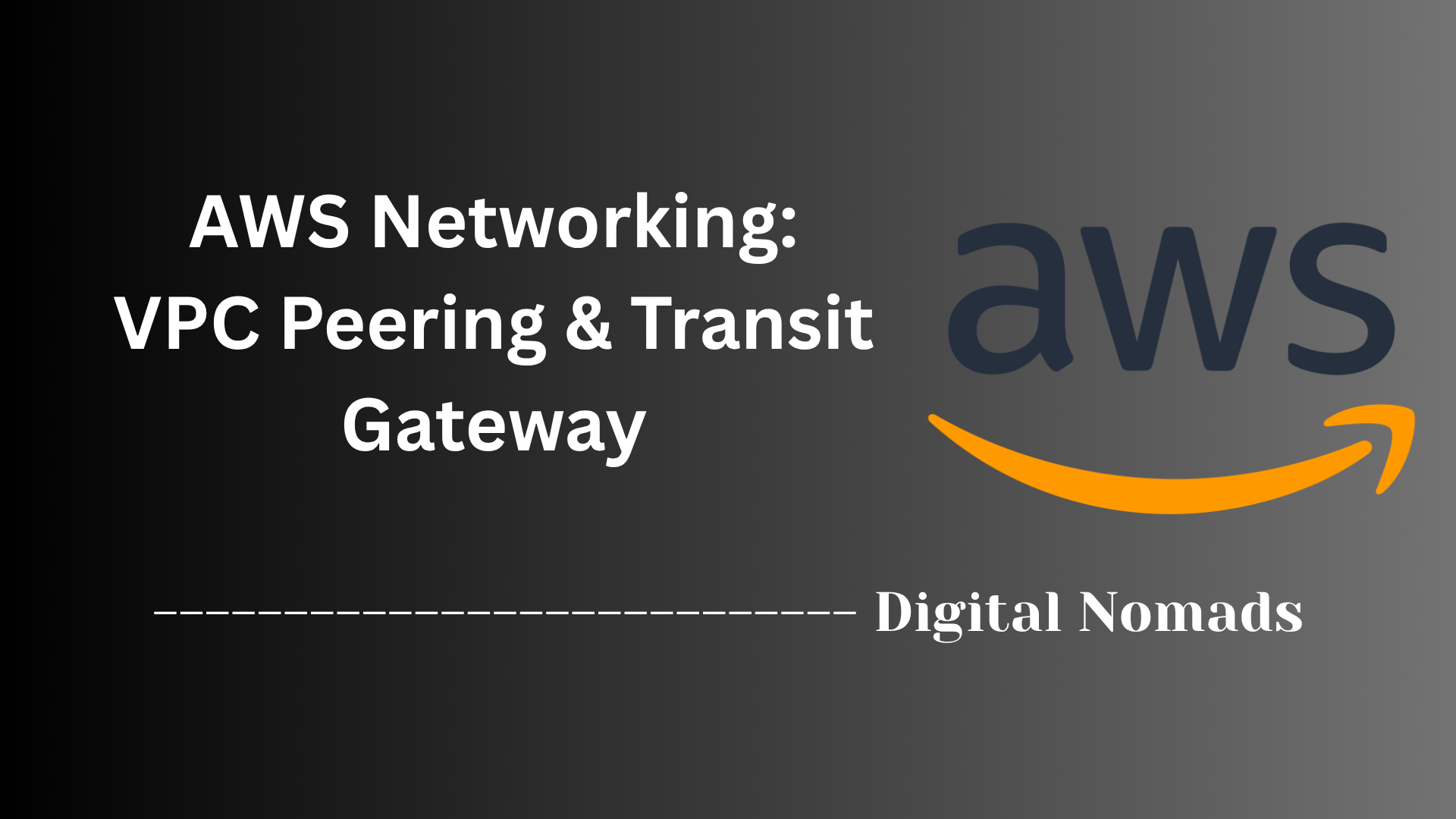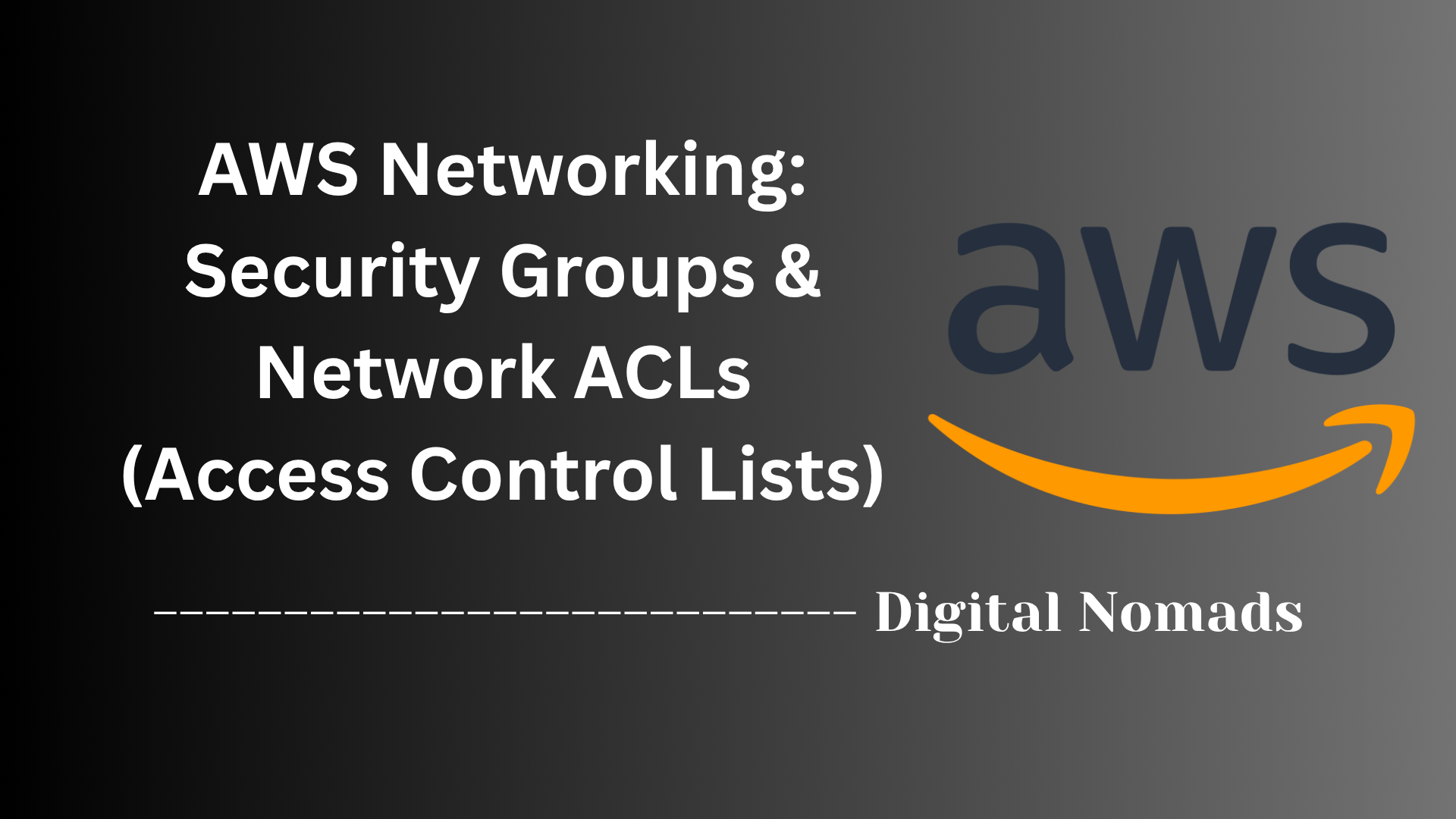Table of Contents
- Overview
- Core Components
- Components Table
- Example VPC Architecture
- Best Practices
- Conclusion
Amazon Virtual Private Cloud (VPC): Overview
What is Amazon VPC?
Amazon Virtual Private Cloud (VPC) is a foundational networking service offered by AWS that allows you to launch AWS resources—such as EC2 instances, databases, and load balancers—into a logically isolated, customizable virtual network inside the AWS Cloud. Think of it as building your own private data center within AWS, but with the flexibility and scalability of the cloud.
Why You Need to Know About It
- Security and Isolation: VPC lets you define your own isolated network, with control over IP ranges, subnets, firewalls, and route tables. This empowers you to secure workloads and comply with organizational or regulatory requirements.
- Customizable Networking: You can shape your VPC to match your application's architecture—including public, private, and hybrid cloud environments.
- Scalability: VPC integrates natively with AWS’s vast ecosystem, supporting small prototypes all the way to large-scale enterprise deployments.
- Integration and Connectivity: You can connect your VPC to on-premises data centers via VPN or AWS Direct Connect, enabling hybrid cloud solutions and seamless data migration.
How Amazon VPC Works
- Network Design: You define an IP address range for your VPC using Classless Inter-Domain Routing (CIDR) notation. Within this, you create subnets (usually mapped to different Availability Zones) to organize resources and control access.
- Routing and Connectivity: Route tables direct how traffic flows within the VPC and between subnets, the internet, and other networks. You can attach Internet Gateways for inbound/outbound internet access, or keep resources private by design.
- Access Control: Security groups (virtual firewalls at the instance level) and network ACLs (subnet-level stateless firewalls) safeguard traffic to and from your AWS resources.
- Advanced Networking: For complex scenarios, VPC supports features like VPC Peering (private connections between VPCs), VPC Endpoints (private connectivity to AWS services), and flow logs (network traffic monitoring).
In summary, Amazon VPC gives you granular control over your AWS networking environment, making it essential for anyone running workloads in the AWS Cloud who needs robust, secure, and highly available network architectures.
Core Components
This section covers the foundational concepts and terminology critical to understanding Amazon Virtual Private Cloud (VPC) in AWS networking:
- VPC (Virtual Private Cloud): A logically isolated section of the AWS Cloud where you can define and control a virtual network, including IP addressing, gateways, and connectivity.
- Subnet: A segment of a VPC's IP address range that enables you to organize and isolate AWS resources, often divided into public and private zones for better security and routing control.
- Route Table: Specifies how network traffic is directed within the VPC, determining where packets are sent based on destination IP addresses.
- Internet Gateway (IGW): A horizontally scaled, redundant AWS-managed gateway enabling communication between the VPC and the internet.
- NAT Gateway: Allows instances in a private subnet to access the internet or other AWS services, while preventing unsolicited inbound connections from the outside world.
- Security Group: Acts as a virtual firewall at the EC2 instance level, controlling inbound and outbound traffic using rules.
- Network ACL (Access Control List): A stateless, optional layer of security that operates at the subnet level, allowing or denying traffic to and from subnets.
- Elastic IP: A static, public IPv4 address that you can associate with resources in your VPC for consistent and reachable endpoints.
- VPC Peering: Establishes private connectivity between two VPCs, allowing resources to communicate with one another as if they are on the same network.
- VPC Endpoints: Enable secure, private connections between your VPC and supported AWS services without requiring a public IP address, configured via AWS PrivateLink or Gateway Endpoints.
Components Table
This table summarizes the core components of Amazon Virtual Private Cloud (VPC) and their primary roles within the AWS networking environment:
| Component | Description |
|---|---|
| VPC | A logically isolated virtual network that you define within the AWS Cloud, giving you full control over your networking environment including IP address range, subnets, and gateways. |
| Subnet | A segment of a VPC’s IP address range that allows you to group resources based on security or operational needs; can be public or private. |
| Route Table | A set of rules that determines how network traffic is directed within the VPC and to external networks. |
| Internet Gateway (IGW) | Allows communication between the VPC and the internet, enabling resources in public subnets to reach external networks. |
| NAT Gateway | Allows instances in a private subnet to access the internet or AWS services, while blocking inbound internet connections. |
| Security Group | Serves as a virtual firewall for EC2 instances, controlling inbound and outbound traffic at the instance level. |
| Network ACL | A stateless, optional firewall at the subnet level, allowing or denying traffic to and from subnets. |
| Elastic IP | A persistent, public IPv4 address that you can allocate and assign to resources for consistent contact points. |
| VPC Peering | Enables private communication between two VPCs, allowing resources to talk as if on the same network. |
| VPC Endpoint | Creates a private connection to supported AWS services without requiring internet access, typically powered by AWS PrivateLink or gateway endpoints. |
| Virtual Private Gateway | Connects the VPC to on-premises networks via VPN or AWS Direct Connect, supporting hybrid cloud architectures. |
| DHCP Options Set | Defines custom DHCP settings for your VPC, such as domain name and DNS servers for instances. |
| VPC Flow Logs | Captures information about the IP traffic going to and from network interfaces in your VPC for monitoring and troubleshooting. |
Example VPC Architecture
This example demonstrates a common Amazon VPC architecture designed for high availability, scalability, and secure separation between public-facing and private resources:
- Multi-AZ Design: The VPC is deployed across two Availability Zones (AZs) to enhance resiliency and fault tolerance.
- Public and Private Subnets: Each AZ contains both a public and a private subnet. Resources requiring internet access, such as load balancers or bastion hosts, reside in public subnets. Application servers and databases are placed in private subnets for greater security.
- Internet Gateway (IGW): An Internet Gateway is attached to the VPC, enabling resources in public subnets to access the internet.
- NAT Gateway: Each AZ includes a NAT Gateway in its public subnet, allowing instances in private subnets to initiate outbound internet requests while remaining inaccessible from the internet.
- Route Tables: Public subnets are associated with route tables that send traffic destined for the internet through the IGW. Private subnets route outbound internet traffic through the NAT Gateway.
- Security Groups and Network ACLs: Security groups restrict traffic to EC2 instances, while Network ACLs act as an additional, stateless layer of control at the subnet level.
- VPC Endpoints: Gateway endpoints provide private connectivity to AWS services such as S3, ensuring instances in private subnets can reach these services without traversing the public internet.
- Auto Scaling and Load Balancing: Application Load Balancer nodes are placed in public subnets and forward traffic to application servers within private subnets. Auto Scaling Groups maintain the desired number of healthy instances for increased availability.
Below is a simplified depiction of this VPC architecture:
VPC (10.0.0.0/16)
│
├── Availability Zone A
│ ├── Public Subnet (10.0.1.0/24)
│ │ ├── NAT Gateway
│ │ └── Load Balancer
│ └── Private Subnet (10.0.2.0/24)
│ └── EC2 Instances (App Servers)
│
├── Availability Zone B
│ ├── Public Subnet (10.0.3.0/24)
│ │ ├── NAT Gateway
│ │ └── Load Balancer
│ └── Private Subnet (10.0.4.0/24)
│ └── EC2 Instances (App Servers)
│
└── VPC Endpoints (e.g., S3 Gateway), Internet Gateway attached to VPC
Typical Flow: Client requests reach the Load Balancer via the public subnet, which distributes traffic to application servers in private subnets. Outbound internet traffic from these servers is routed through the NAT Gateway, while direct access from the internet to private subnets is denied.
Best Practices
Follow these best practices to ensure your AWS VPC is secure, highly available, and scalable:
- Plan IP Address Space: Carefully design your VPC and subnet CIDR blocks to avoid overlaps with other networks, especially when connecting with on-premises environments. Leave room for growth and avoid IP conflicts[7].
- Use Multiple Availability Zones (AZs): Deploy subnets and resources across at least two AZs to enhance fault tolerance and maintain high availability in case one AZ fails[5][6][7].
- Separate Public and Private Subnets: Place public-facing resources (e.g., load balancers) in public subnets and sensitive resources (e.g., databases) in private subnets, protected from direct internet exposure[5][6][7].
- Isolate Environments: Use separate VPCs for production, development, and testing environments to reduce risk and simplify access controls[6].
- Use Security Groups and Network ACLs: Apply the principle of least privilege. Strictly control inbound/outbound traffic to instances with security groups, and add another layer of stateless filtering at the subnet level using network ACLs[2][6][7].
- Monitor and Audit with VPC Flow Logs: Enable VPC Flow Logs to capture network traffic for analysis, security, and compliance purposes[2][6][7].
- Leverage AWS Managed Services: Use AWS-managed NAT Gateways, VPC Endpoints, and Transit Gateways for scalable, secure connectivity and traffic flow management[5][7].
- Minimize NAT Gateway Usage: Reduce cost and potential bottlenecks by using VPC Endpoints to access AWS services privately, where possible, instead of routing through NAT Gateways[5].
- Regularly Review and Update VPC Design: Periodically revisit your VPC architecture and security rules to align with evolving requirements and new AWS features[7].
Conclusion
Throughout this blog post, we’ve explored the essential building blocks of AWS networking through the lens of Amazon Virtual Private Cloud (VPC). From understanding critical terminology to examining architectural components, we saw how VPC enables you to design secure, scalable, and highly available environments in the AWS Cloud.
Here's a quick recap of what we covered:
- Key Concepts and Terminology like subnets, route tables, and gateways give you foundational knowledge to work with VPC effectively.
- The Components Table broke down individual VPC elements and their distinct roles within your cloud networking environment.
- The Example VPC Architecture illustrated how to design a multi-AZ environment with public and private subnets for improved fault tolerance and security.
- We wrapped up with Best Practices to help you design smarter, more secure, and cost-effective VPC networks.
As AWS continues to evolve, so will the tools and services surrounding VPC. Staying informed about new features and reviewing your architecture regularly will ensure your network remains robust and future-proof.
Thanks for joining us on this journey through AWS VPC! Whether you're new to cloud networking or deepening your existing expertise, we hope this guide helps elevate your understanding of the powerful flexibility and control that VPC offers.
🚀 Happy networking in the cloud!




